FRAMEWORKS ON HOW TO
Master Storytelling, BABY
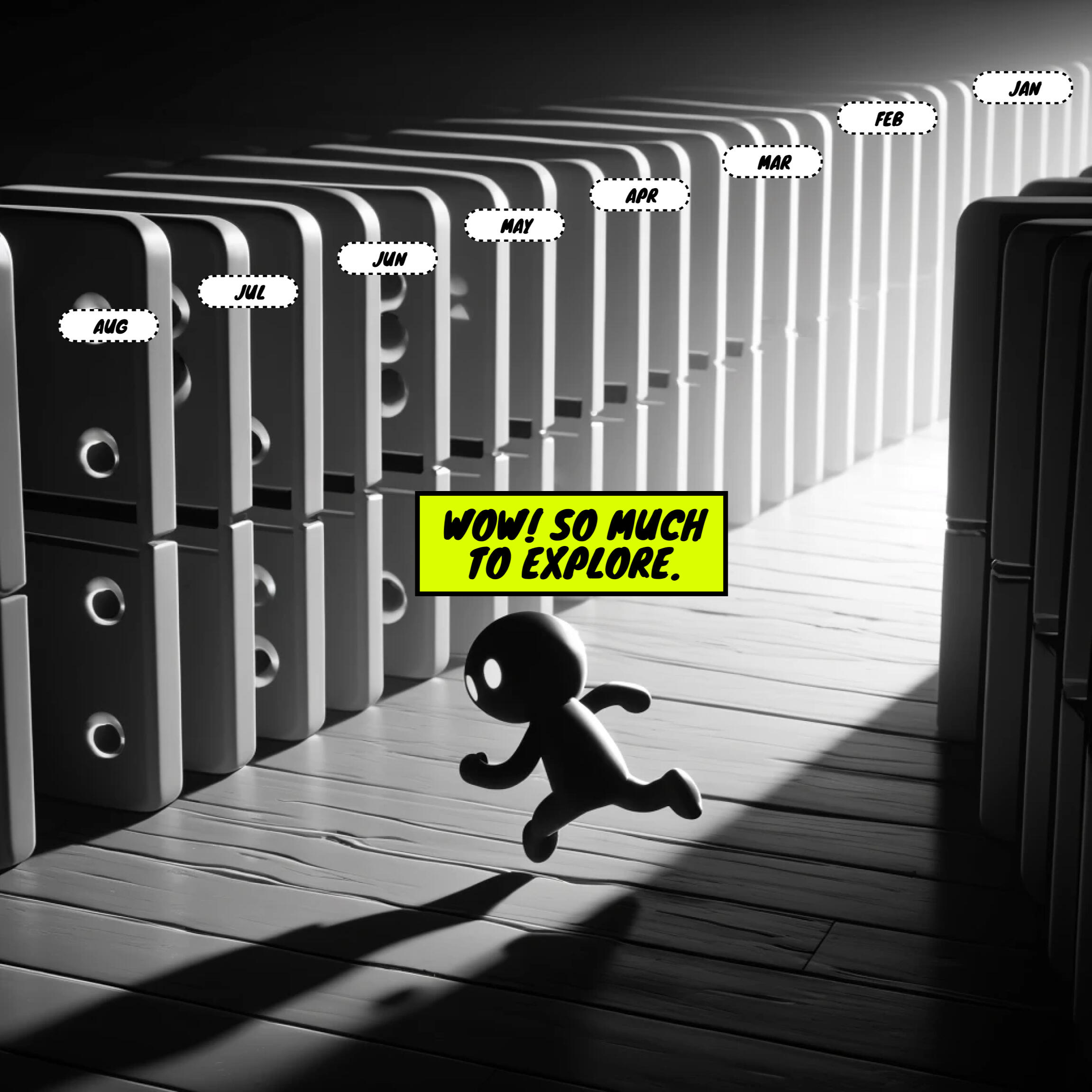
The Binge Bank
Build a "Binge Bank"—a content library that hooks people, making them spend hours learning about you and your work.Creating a "Binge Bank" is like setting up your personal Netflix. Instead of just a resume or portfolio, it’s a collection of content that pulls people in and keeps them engaged for hours. The idea is to leave a breadcrumb trail of your best work so that when someone starts exploring, they can’t stop. By the end, they should be all-in on you, just like binge-watching a great show. This is a powerful asset that keeps working for you long after you’ve created it.
Premium skills
Find things that have a huge mismatch in the amount of value they provide but are not taught.We all love a good storyteller or someone with contagious energy, but nobody thinks to practice these. It’s like, who admits, “I’m working on my enthusiasm”? But that’s exactly why these skills are gold. They’re underrated, unpracticed, and they give you a unique edge. So, start focusing on what others overlook, and watch the impact it makes.
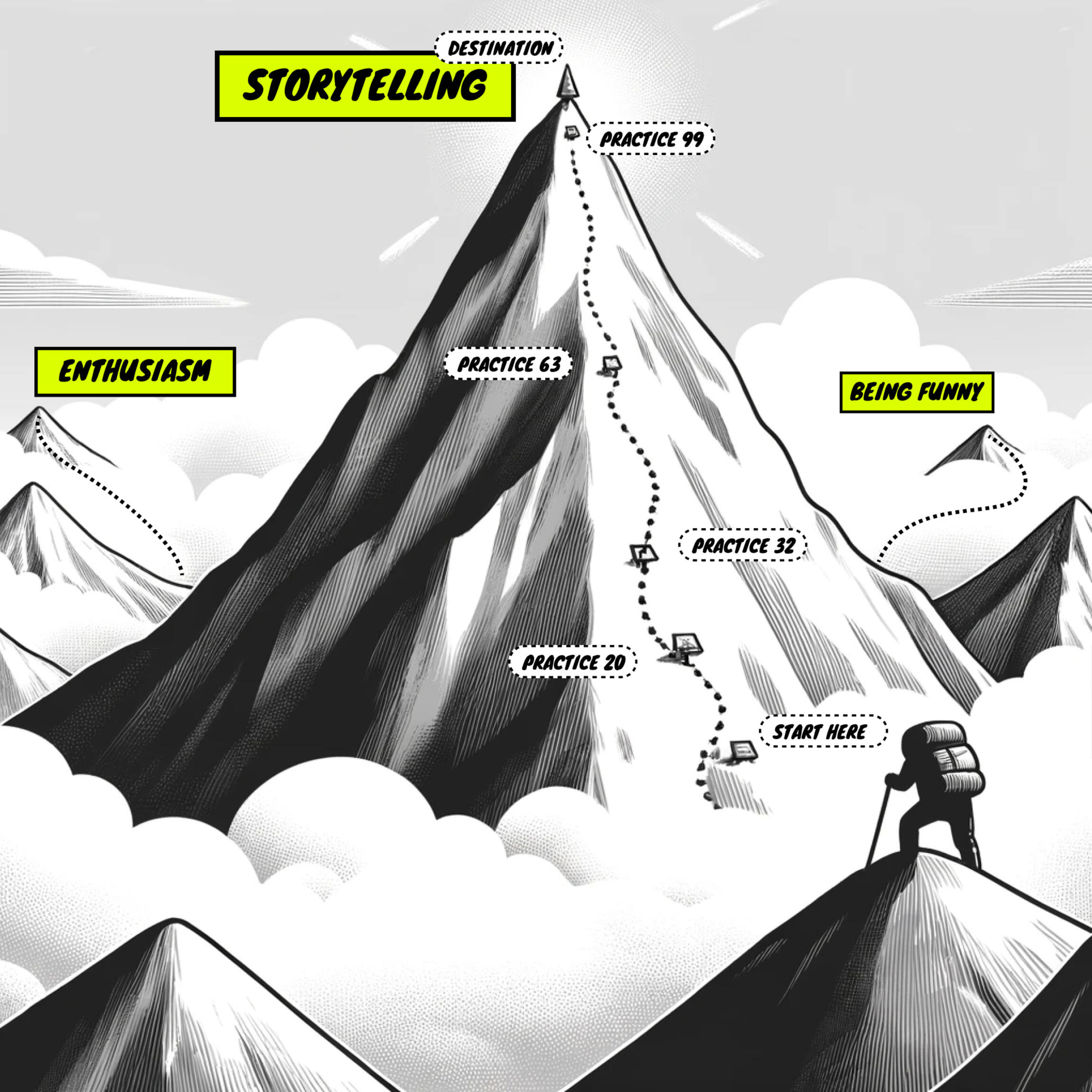
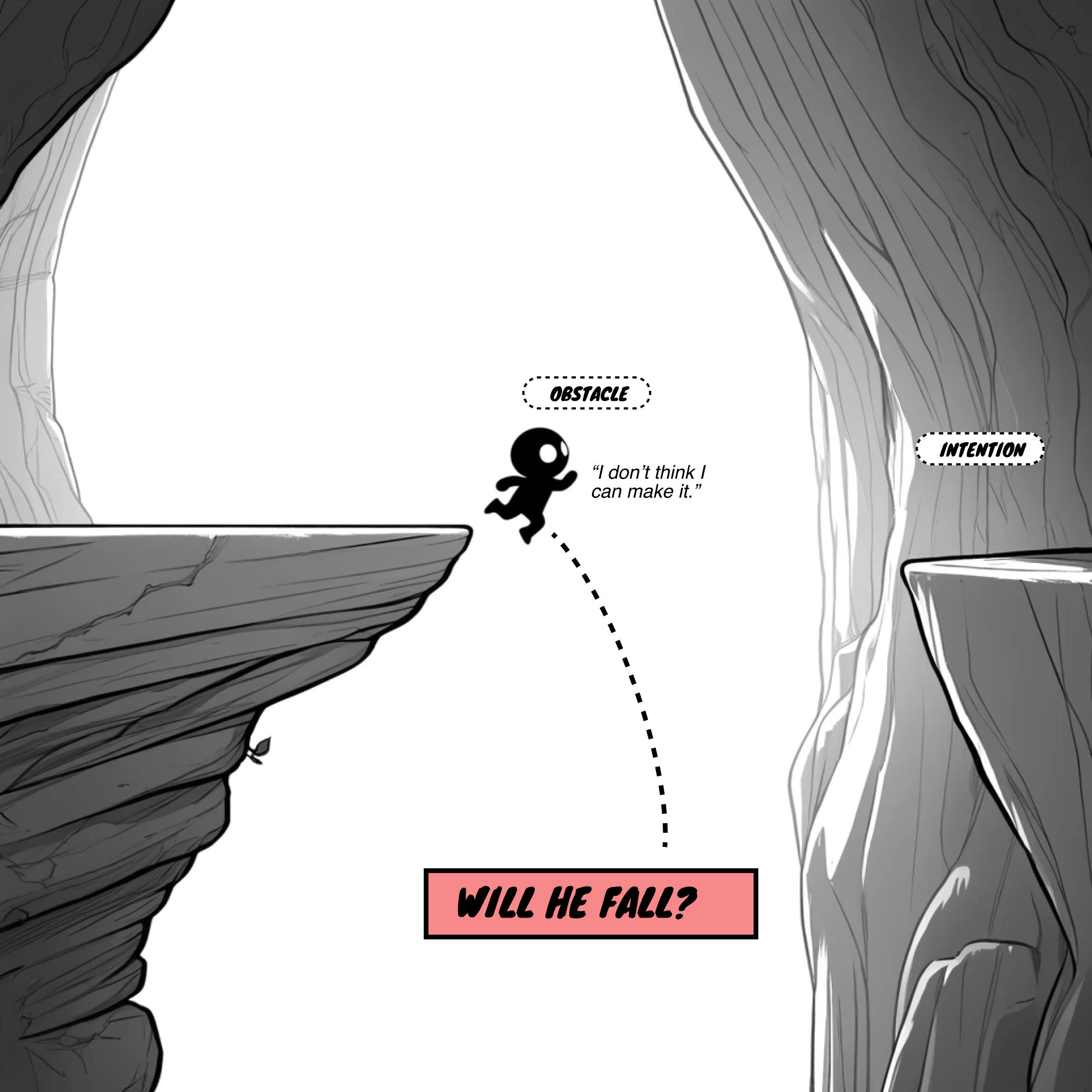
Intention and obstacle
I worship at the altar of intention and obstacle.
Aaron SorkinA story boils down to—what the hero wants and what’s in their way. Aaron Sorkin says it’s the essence of any great story. For example, you’re cooking Brussels sprouts for your mom, trying to impress her, but you’ve never hosted before - and you don't know how to do adult stuff. That’s your obstacle. By focusing on these details, even a simple story becomes engaging. It’s the small, relatable moments that make you likable and keep your audience hooked - and it doesn't need to be life or death. The audience doesn't love the hero because they rescued the princes, but because of the way they tried.
Beginning. Middle. End.
Craft stories with a clear beginning, middle, and end—focus on the pivotal moment of change to create impactful narratives.Every great story follows a simple structure: beginning, middle, and end. Whether it’s a rom-com or your own life, start by identifying the opening scenario and the opposite outcome at the end. The middle should build up to that pivotal moment of change where everything flips. It’s that tension and transformation that keep people hooked. By focusing on these key elements, you can craft stories that resonate and leave a lasting impact.
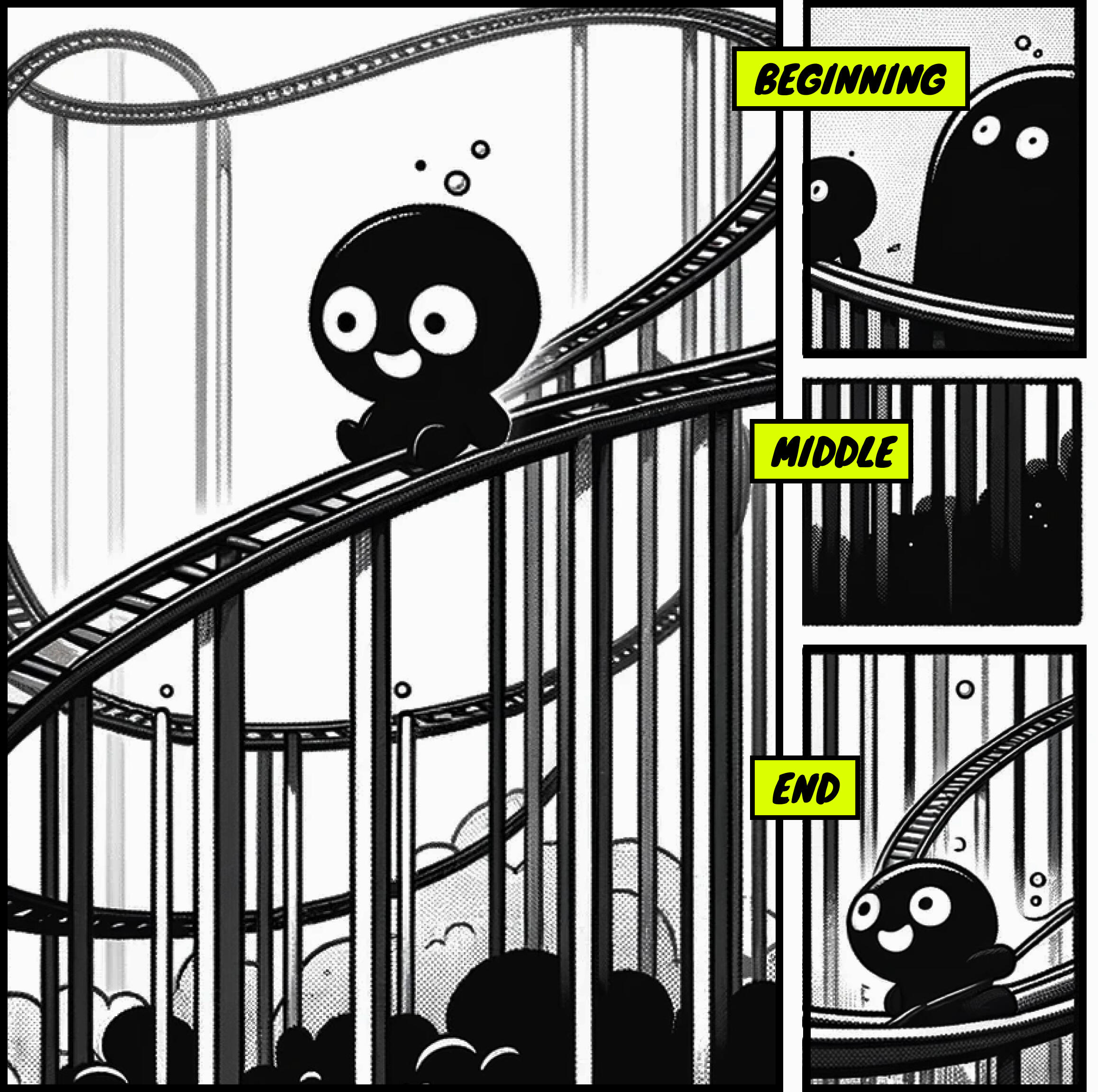
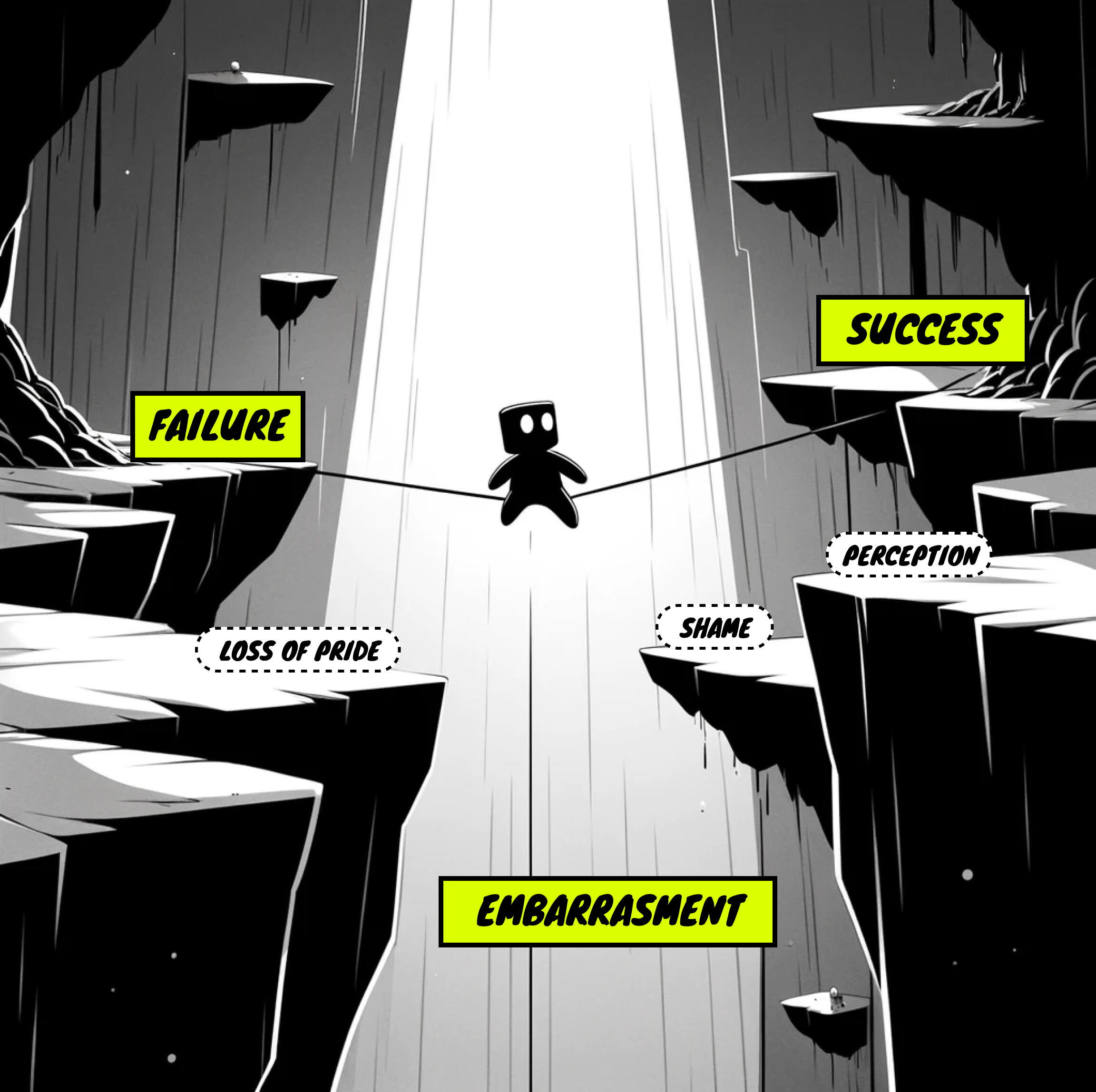
What's at stake?
Ensure every story has stakes—emotional or otherwise—to keep it compelling, even if the stakes aren’t life or death.In Storyworthy, the key lesson is the importance of stakes in storytelling. Whether high or low, stakes give the story weight. The book’s author, a storytelling champion, emphasizes that compelling stories don’t need to involve extreme situations like surviving a shark attack. Instead, the stakes can be emotional—like the fear of embarrassment when trying to impress your mom with a poorly cooked recipe. If your audience feels what’s at risk, even in simple moments, they’ll stay engaged.
FIVE SECOND MOMENT OF CHANGE
Identify the five-second moment of change—it's the key to understanding and crafting impactful stories that resonate.Every great story, from rom-coms to action films, follows a pattern: the protagonist starts one way and ends up the opposite. The real heart of the story lies in the five-second moment of change—the point where the character transforms. Think of Batman making the leap without the rope that could save him if he falls. If you can pinpoint this moment, you’ve got the essence of the story. Without it, your story lacks impact and direction.
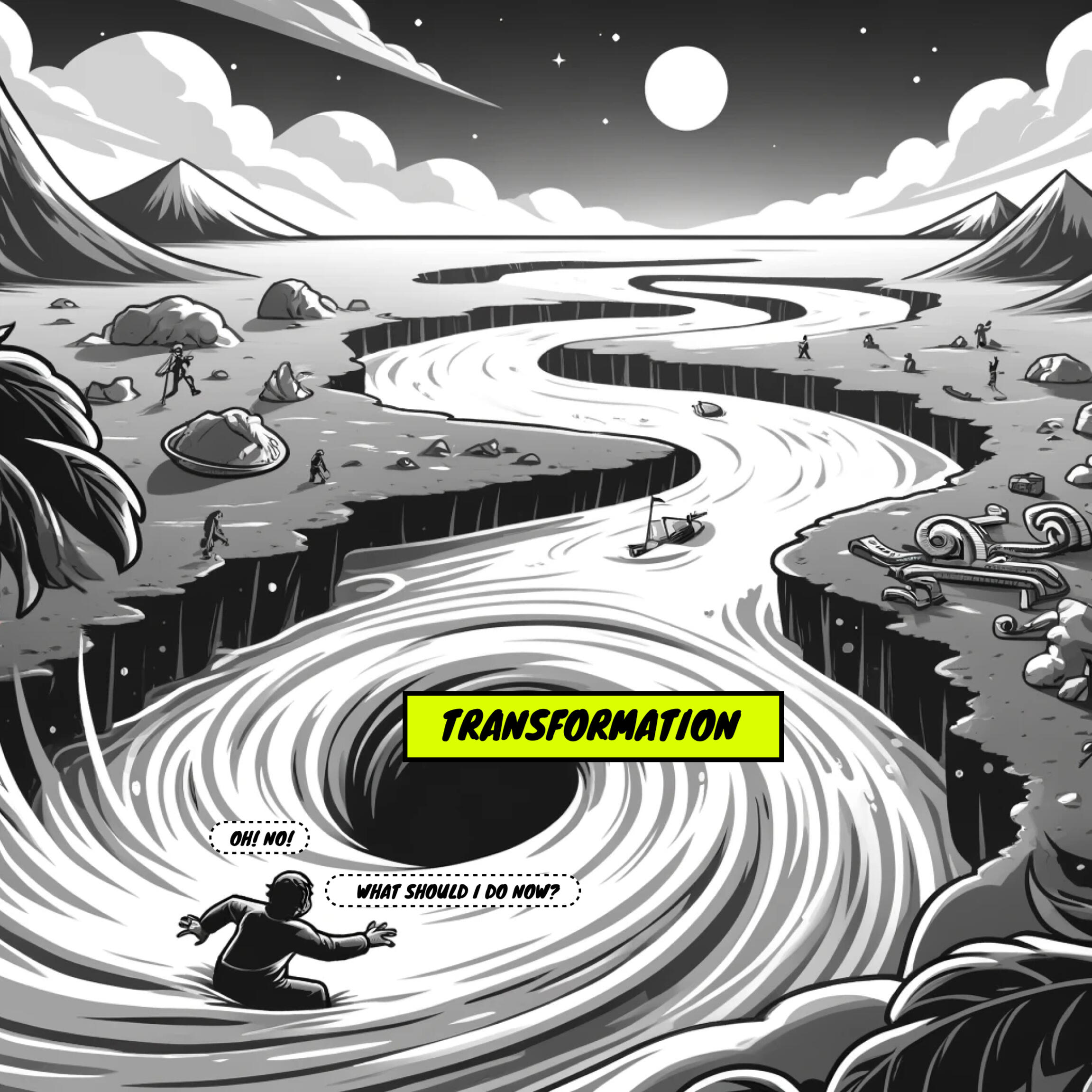
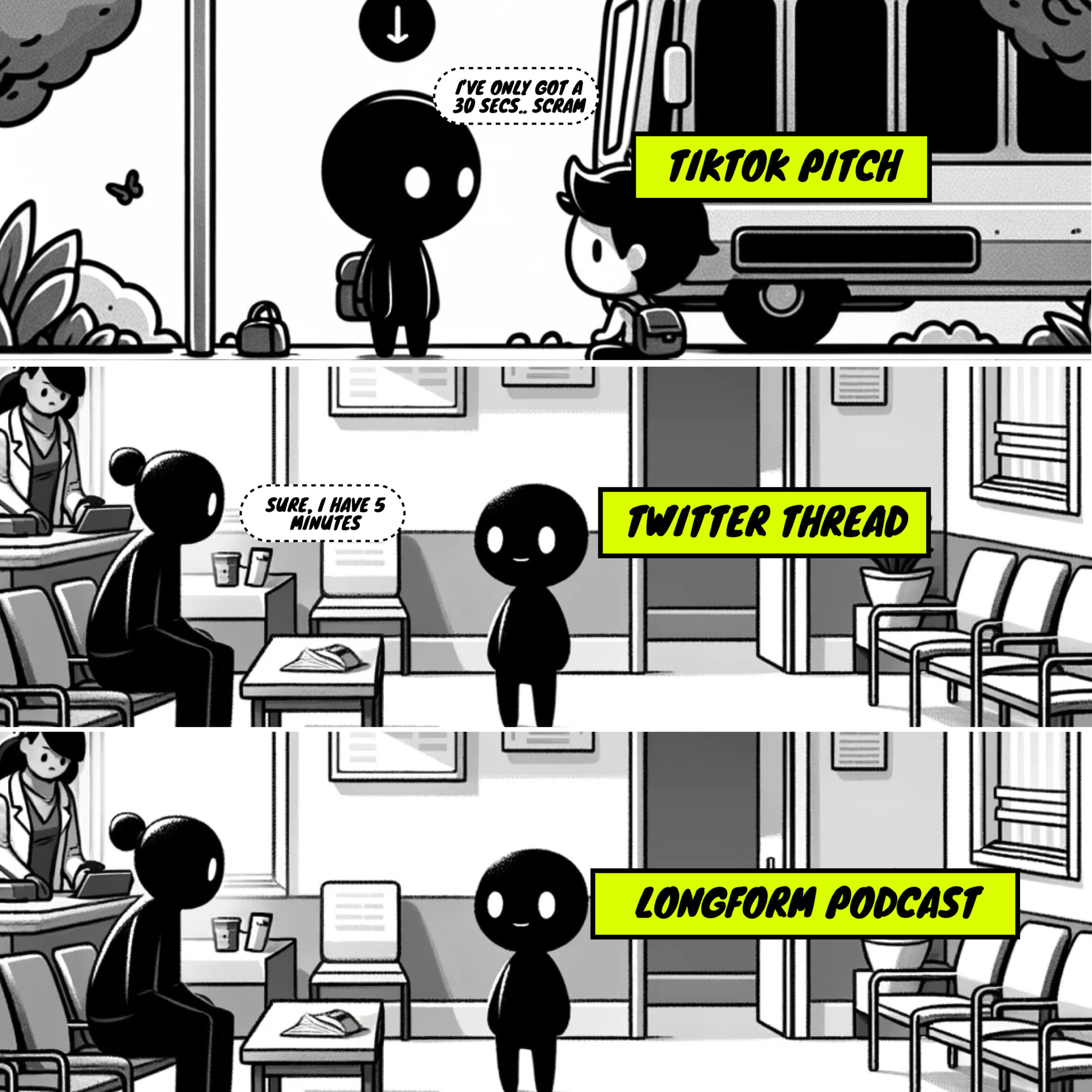
Know your audience buy-in
Understand your audience's buy-in level to determine content length—keep it engaging and match the medium you're using.The misconception that shorter is always better misses the point—content can be any length as long as it’s interesting. But here’s the catch: you need to gauge your audience’s buy-in. On platforms like TikTok, you need to hook them instantly, whereas podcasts allow for more relaxed, conversational content. Knowing your audience and medium is crucial. If they trust you, you can take your time; if not, get straight to the point.
Focus on frames. Not hooks.
Master the art of framing—how you present an idea can make it resonate more than just having a catchy hook.Framing an idea changes everything. It’s not just about grabbing attention but making the idea relatable. For instance, instead of just focusing on comedy, frame the concept of starting with a low-status joke as a dinner party tactic to break the ice. Or, like Dave Chappelle, who frames his comedy as life lessons—whether he’s talking to third-graders or CEOs, the story resonates because the frame makes it universally relatable. The right frame makes your message stick.
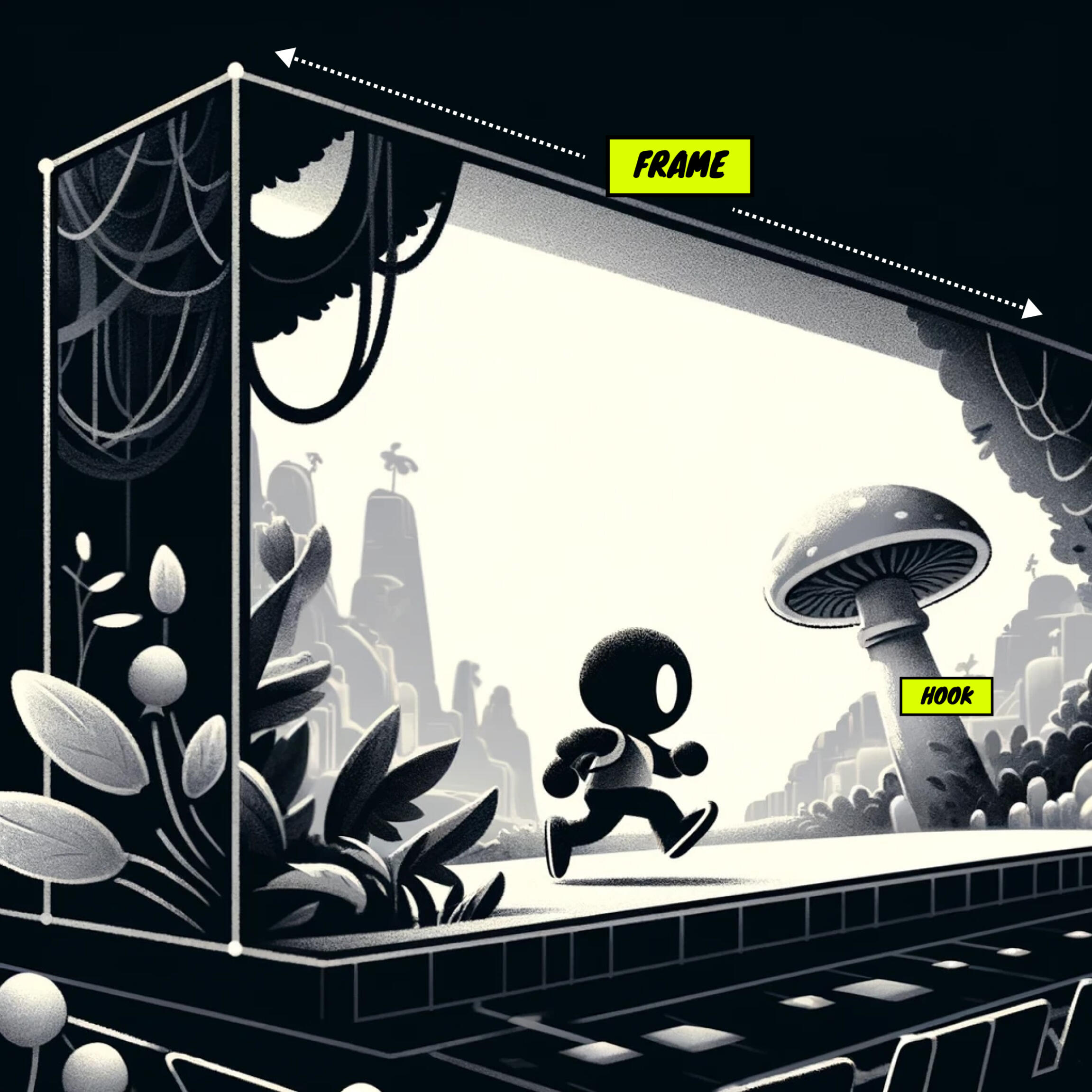
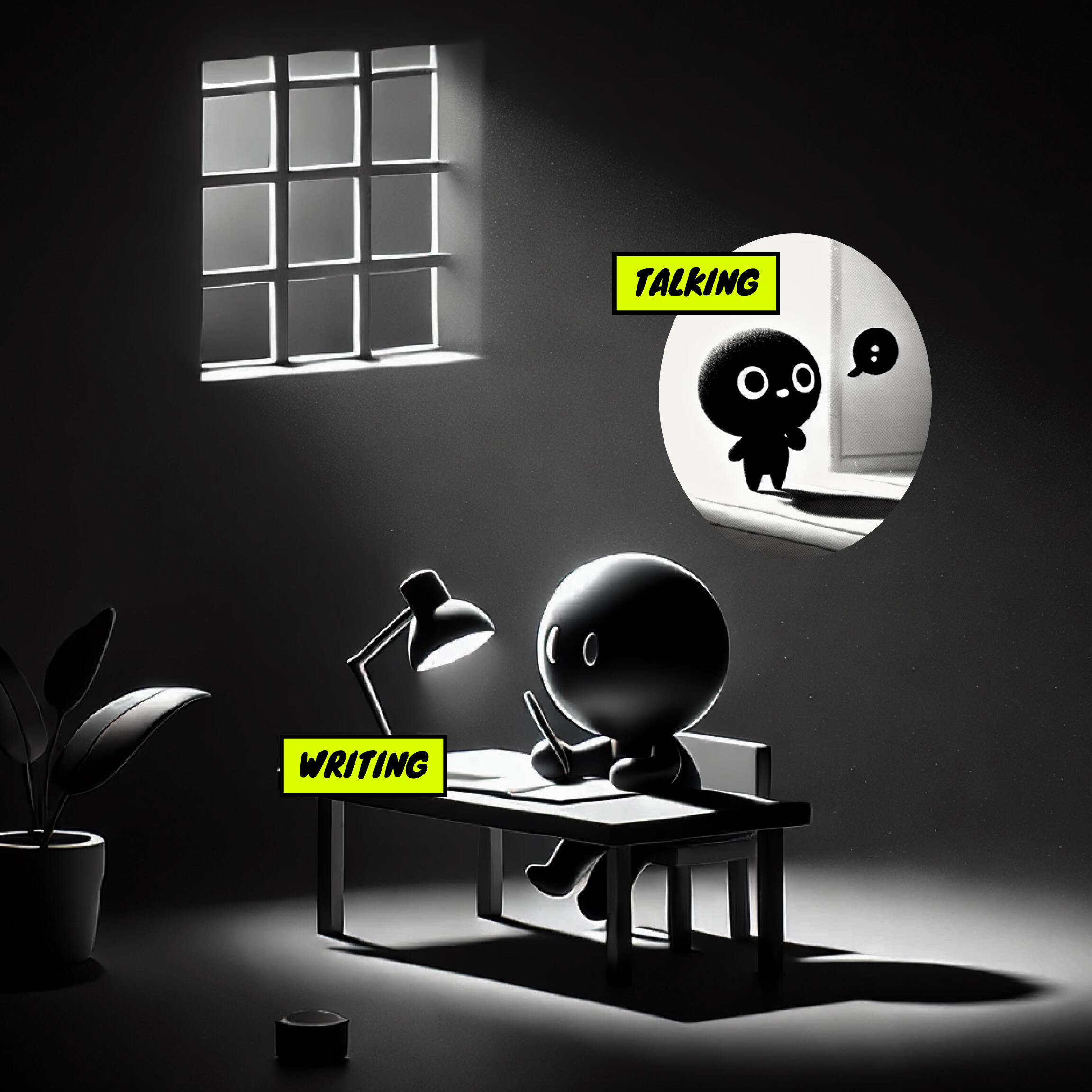
Write like you talk
Write like you talk—simplicity and voice matter more than formal rules. Adjust techniques for the medium, but keep it real.Writing a story versus speaking it? Not much difference. The golden rule: write like you talk. Forget the complex, academic stuff—good writing is about being simple, engaging, and true to your voice. Sure, there are tweaks—writing lets you use parentheses, while speaking relies on pauses. But the essence remains the same. Focus on the story, keep it natural, and adjust the tools to fit the medium. The goal is to make your words feel like a conversation, not a lecture.
Do a 100 reps
To master anything, commit to 100 intelligent reps—focus on improving one thing each time, and you'll naturally improve.Getting better at storytelling isn’t about a quick fix—it’s about repetition. You need 100 intelligent reps, where each time you focus on improving one small aspect, like refining your hook or shortening a draggy part. This mirrors Mr. Beast’s approach to mastering YouTube: create 100 videos, each better than the last. Most people won’t commit to this grind, but those who do find they don’t need further advice—they’ve mastered the craft through consistent practice.
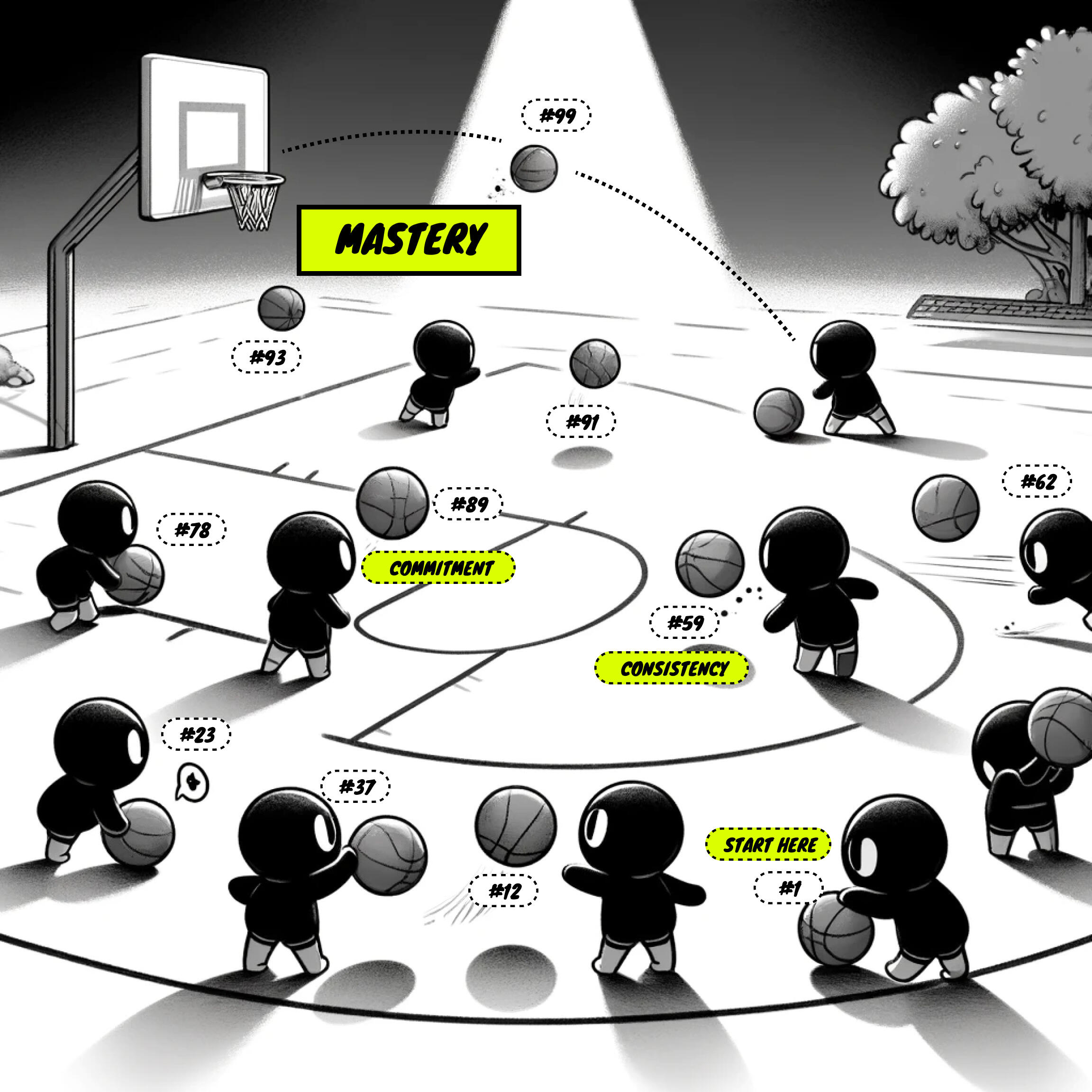
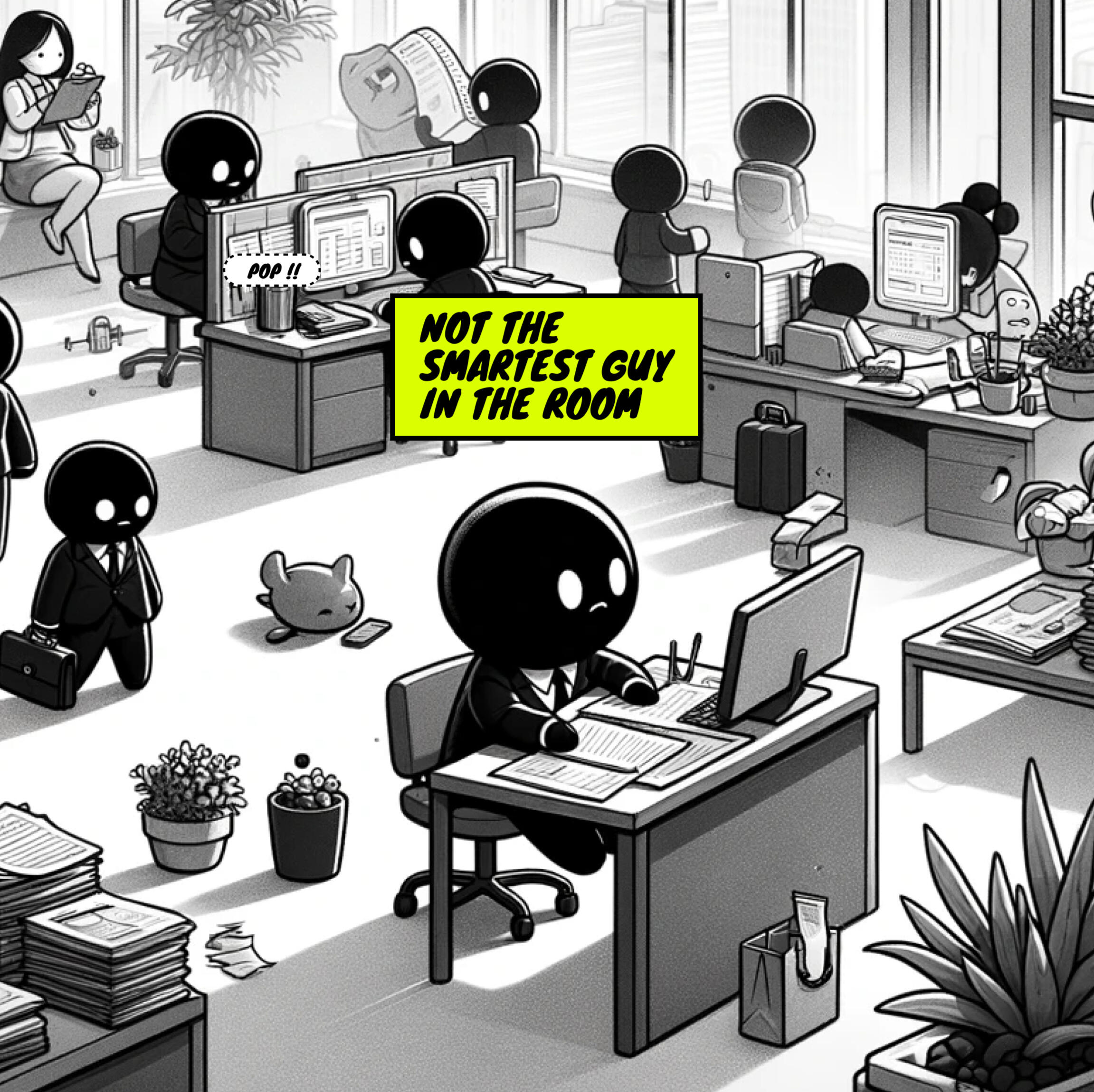
Don't be too smart
Ditch dry logic for engaging storytelling—frame your ideas like a screenplay to captivate your audience and make them care.When it comes to writing, forget trying to sound like the smartest person in the room. Instead, focus on storytelling. Take the example of Shaan Puri's tweet about why Clubhouse might fail—he did not just list problems. Paint a vivid picture: you’re the founder, everyone’s hyped, Kanye’s in your DMs, and then… set the stage for the fall. By framing your points as a narrative, you draw readers in. It’s not about proving you’re right; it’s about making them care through the story you tell.
Work backwards from emotions
Start with the emotion you want to evoke—LOL, WTF, OMG—then craft your content to trigger that response.When creating content, work backwards from the emotion you want to evoke. Whether it’s LOL, WTF, or OMG, these are the reactions that make people share. Start by identifying the target emotion, then craft your content to trigger it. This approach, used by top creators like Mr. Beast, ensures that your work resonates and spreads. It’s not just about telling a story; it’s about making people feel something powerful enough to share.
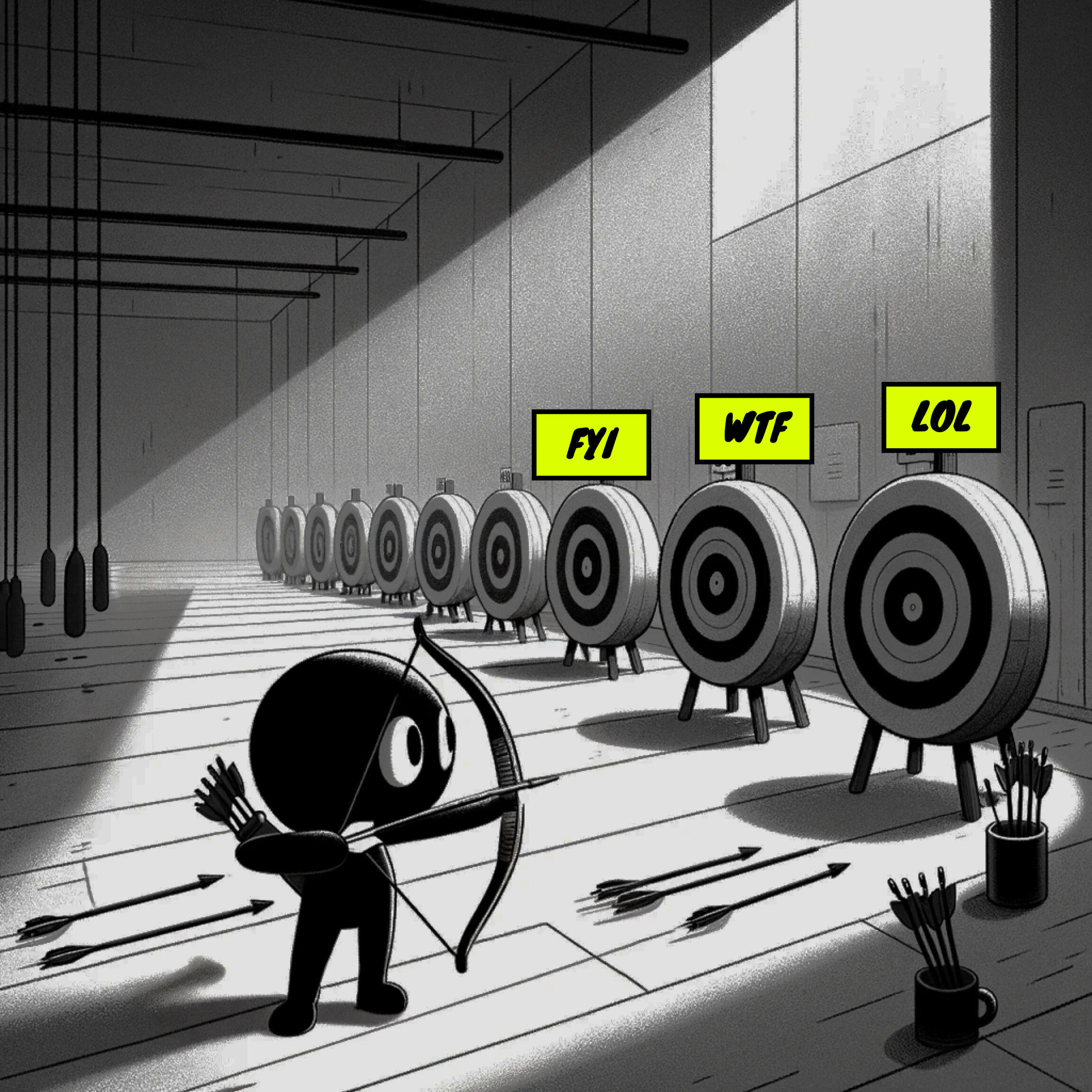
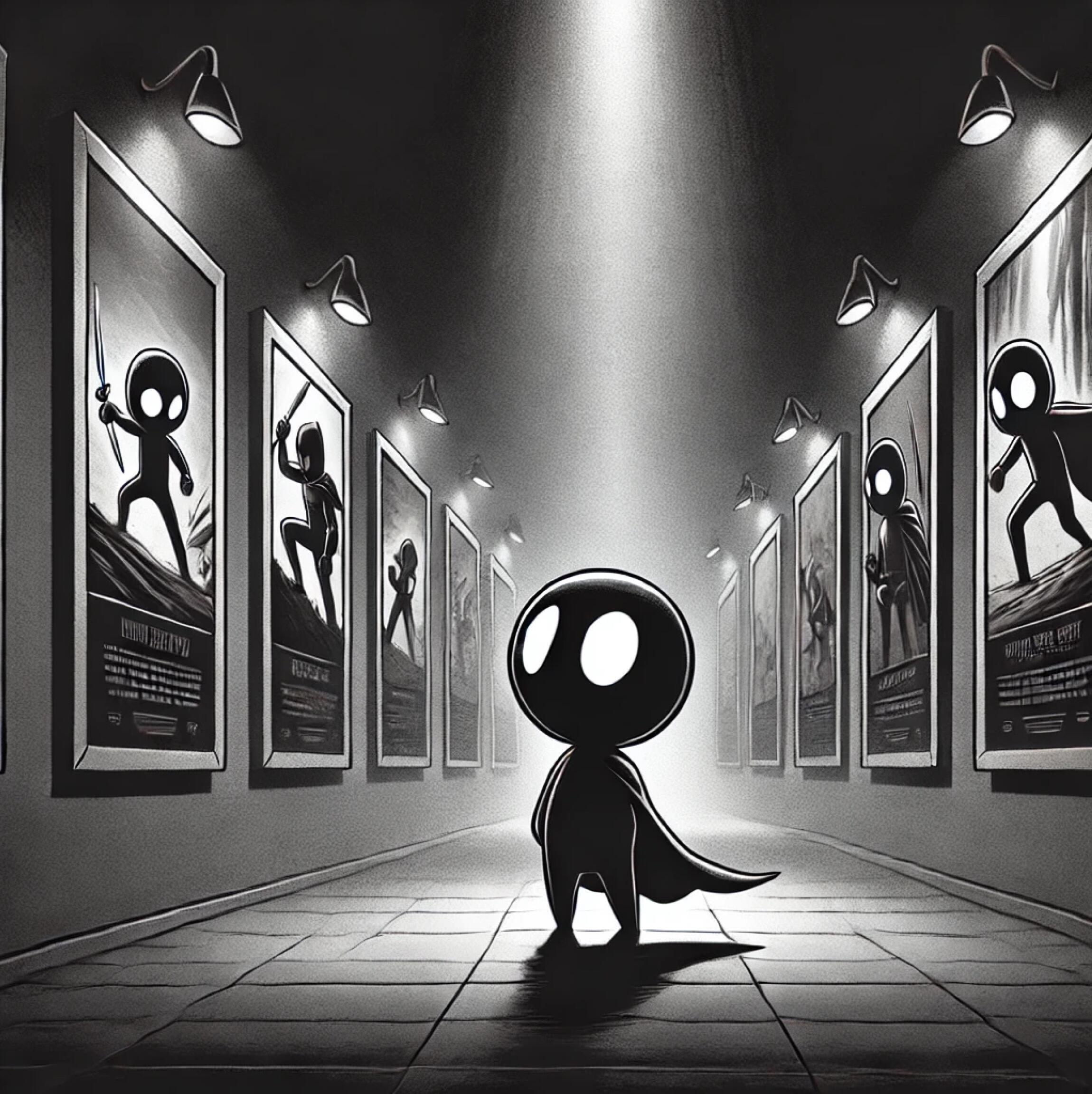
Signature stories
Identify and leverage signature stories—they capture transformative moments that define your journey and make your narrative unforgettable.The origin story of many Silicon Valley companies, like Airbnb, is marked by transformative moments. For Airbnb, it began with three broke designers renting out air mattresses during a design conference, leading to a "holy shit" realization that this crazy idea might actually work. These signature stories—like surviving near-death moments or outmaneuvering competitors—are what define a company’s journey. Don't focus on just the facts (or the minor details), focus on these pivotal moments to craft a compelling narrative that resonates and sticks with your audience.
change your state to be great
Before creating, change your state—boost your energy through physical action to make your content magnetic and engaging.Miss Excel’s approach to content creation is all about energy. Instead of sticking to rigid routines, she focuses on changing her state—getting into a high-energy, magnetic mindset before recording. This method isn't just for performers; it's a game-changer for writers too. By radically changing your physiology—whether through pushups, dancing, or splashing cold water on your face—you can infuse your content with the same excitement and emotion you're feeling. It’s not just about the words; it’s about transferring your energy to the reader or viewer.
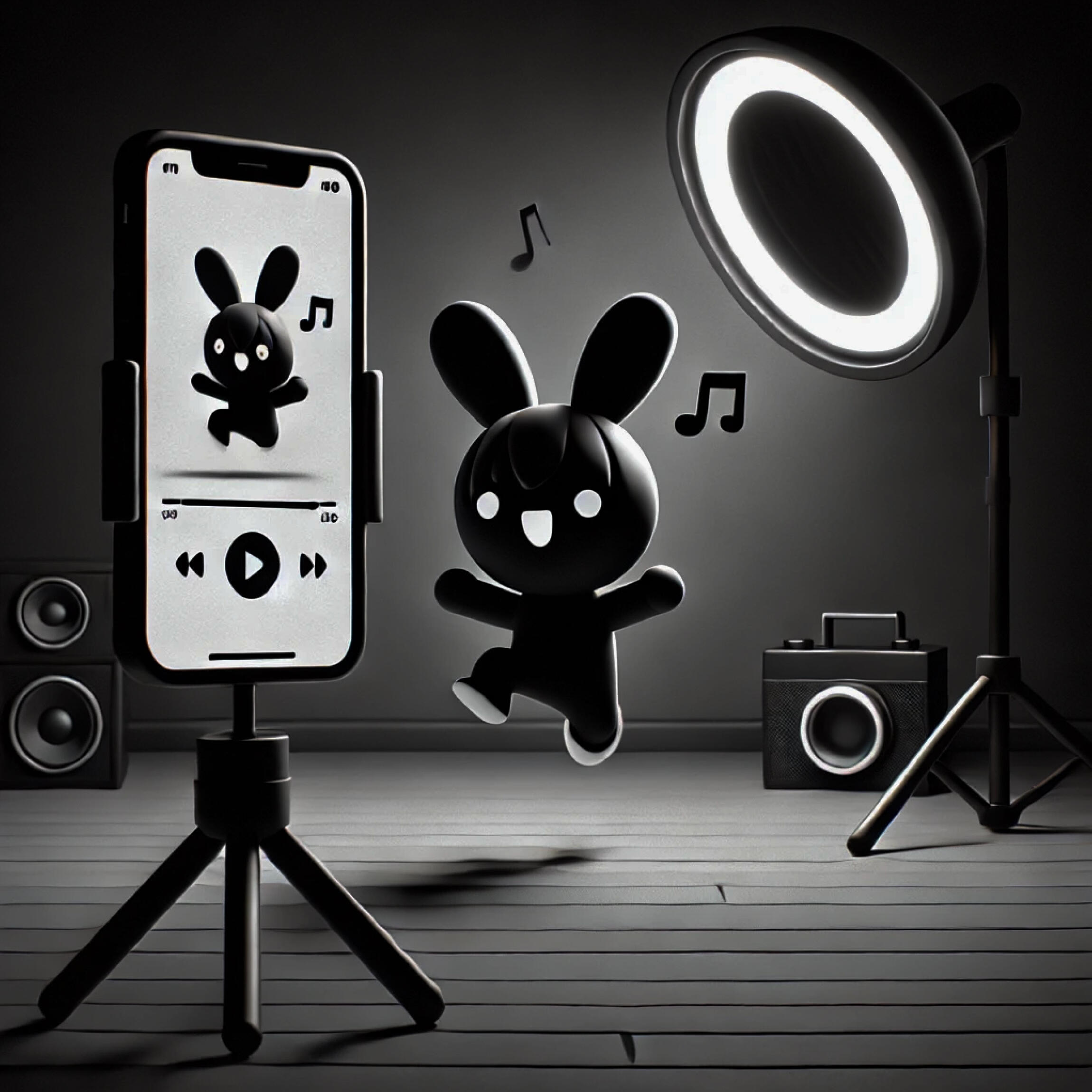
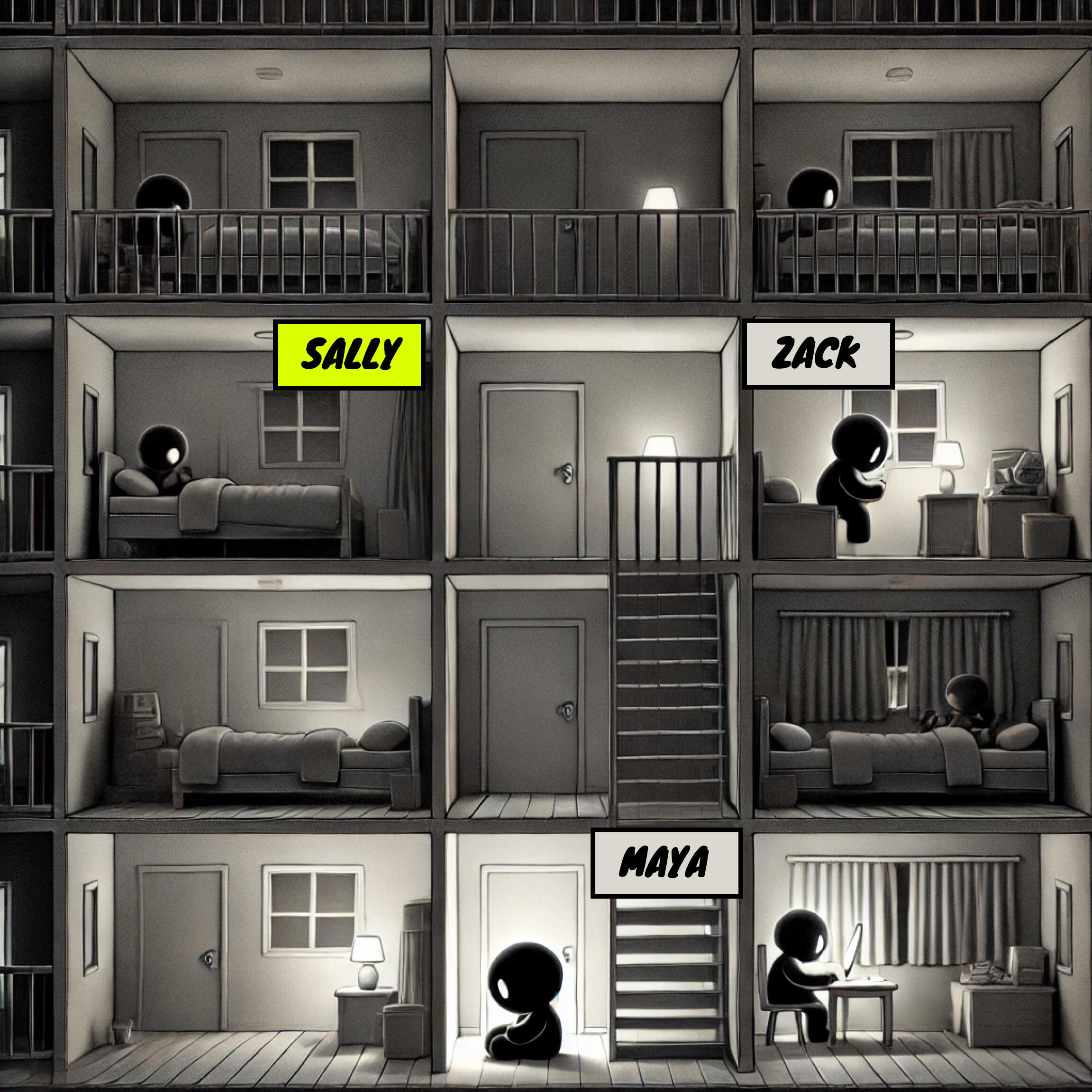
Write to one person
Write for one person in one moment—personalize your content to create a strong connection, even in a sea of impressions.When creating content, it’s easy to get caught up in the numbers—thinking about a massive audience. But the key to truly resonating is to write for one person, in one specific moment. Whether it’s Jenny in her bedroom or Debbie at her desk, imagine that individual scrolling through content, half-engaged. Your goal is to make them stop, think, and react. Remember, every impression is a singular person in a singular moment. Tailor your writing to that reality, and your content will connect on a deeper level.
FRAMEWORKS WORK.
BUT ONLY IF YOU
PUT IN THE WORK.
I'm Gaurabh Mathure - a keen actioner & listener of the MFM Pod. I love frameworks and wanted a way to reference them myself and share it with others. I appreciate you checking it out. I hope you learned something from this to put into action.In the meantime, tell me what you think, share your feedback.
JUST F* IT!
The next time you’re stuck, don’t just wing it. Just framework it.Whether it’s deciding on your next career move, figuring out how to tell a story, or just navigating daily life, a solid framework is like having a personal GPS—it gets you where you want to go faster, with less stress.But here’s the kicker: the real power of frameworks is in their ability to help you think clearly, cut through the noise, and focus on what truly matters._LIKE HOW THIS SITE LOOKS?
If you like this site and want to create something similar, you can buy this template.
*Content is inspired by frameworks shared on the MFM podcast. Illustrations created by me with a little help from my AI friends.